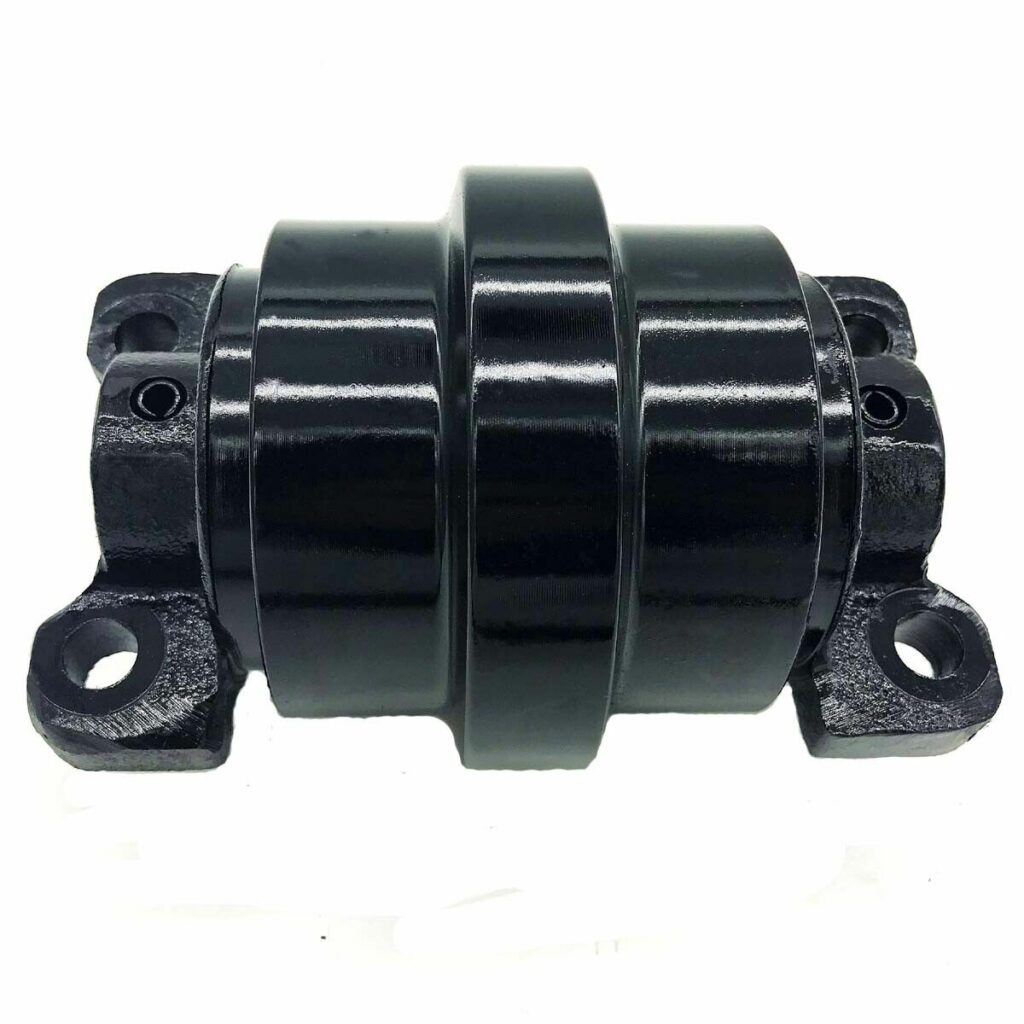Hydraulic systems play a crucial role in the operation of heavy equipment, enabling them to carry heavy objects and precisely control the power of their mechanisms. Among the various types of heavy equipment that utilize hydraulic systems, hydraulic excavators stand out as one of the most widely used in the construction and mining industries. Certainly, Hydraulic excavators parts are first introduction things below:
Components of a Hydraulic Excavator

The main components of an excavator include:
Bucket: The primary tool for digging, scooping, and lifting materials.
Stick: Connects the bucket to the excavator’s arm and provides reach.
Rotating Cab: Houses the operator and controls for the excavator’s movements.
Movable Track: Allows the excavator to move and position itself effectively.
Operation of a Hydraulic Excavator
Hydraulic excavators are powered by hydraulic pressure, which is generated by a hydraulic pump and controlled by a system of valves. This pressure is then used to drive the excavator’s hydraulic cylinders, which in turn move the bucket, stick, and other components.
Selecting the Right Landing Gear Track
The choice of landing gear track depends on the specific application and requirements. Here are two main types of tracks:
Universal Track Universal Landing Gear: Suitable for medium to low impact applications, prioritizing cost control. Interchangeable parts minimize downtime.
Heavy Duty Track: Designed with PPR (Positive Pin Retention) to reduce end play movement and extend pin/liner wear life. Ideal for medium impact and medium travel applications.
Types of Hydraulic Excavators
There are various types of hydraulic excavators, each with its own unique characteristics and applications. Some important types include:
Tractive Excavator: One of the largest excavators, used for large-scale transportation and excavation in mine construction. Employs lifting ropes and towing ropes to raise and lower the bucket.
Crawler Excavator: Designed for excavation, loading, earthwork handling, grading, lifting, and handling operations. Offers greater balance, flexibility, and stability compared to wheeled excavators.
Long Distance Excavators: Equipped with telescopic arms, simplifying industrial demolition and large-scale excavation projects. Can reach difficult-to-access areas.
Components of Track Loaders – Excavators
Chassis (Undercarriage) System: Comprises components essential for excavator movement, including sprockets, final drives, track shoes, track links, track frames, track rollers, and the front idler.
Excavator Cab: Provides a comfortable and safe environment for the operator, with controls, instruments, and monitors for controlling the excavator’s movements.
By understanding the operation, components, and different types of hydraulic excavators, you can make informed decisions when selecting and using this powerful equipment for your construction or mining projects.
